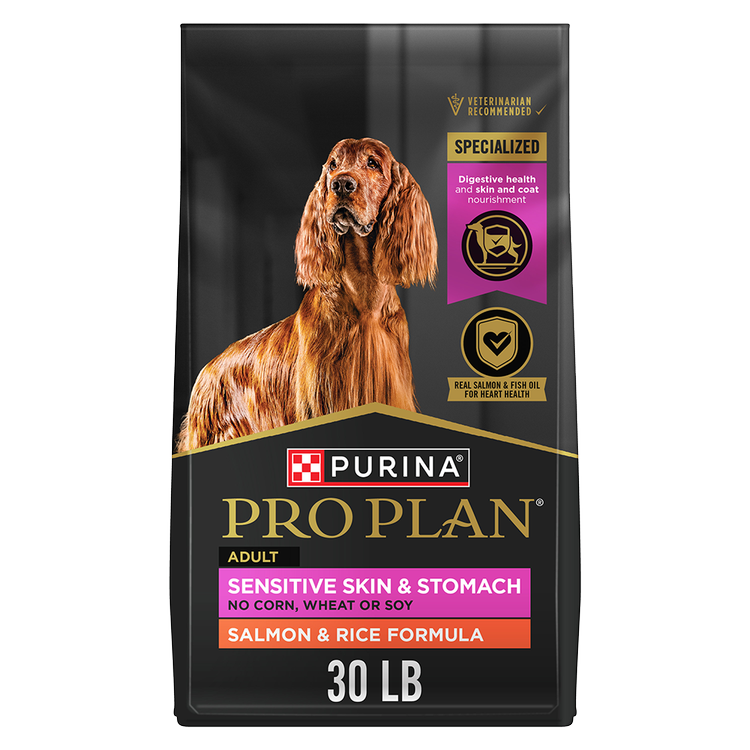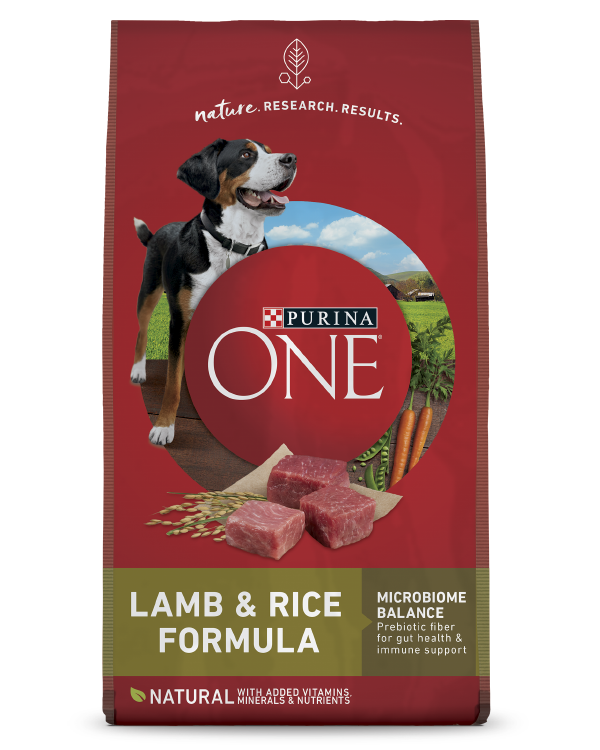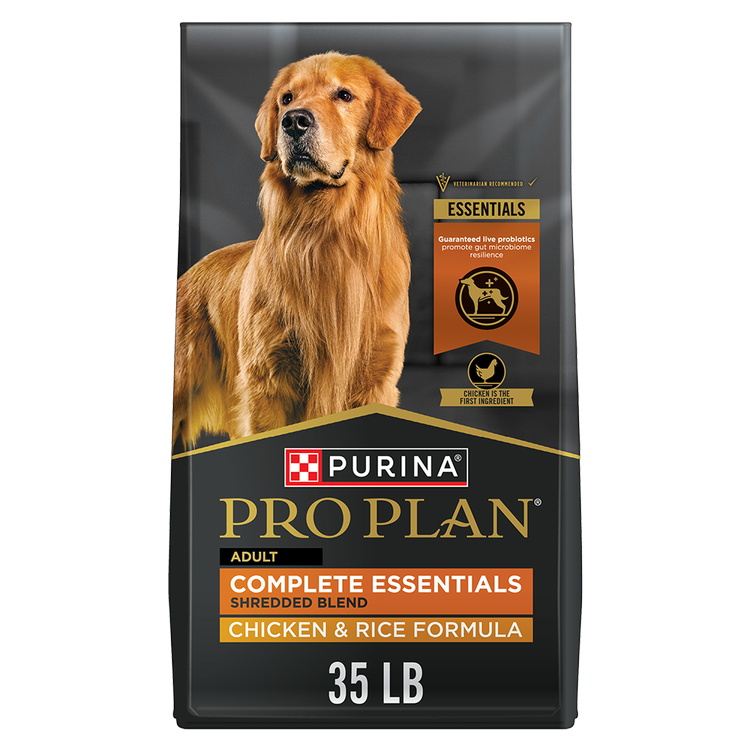Did you know there are different types of dog vomit? While it may not be the most pleasant topic, it’s important to understand what the color, texture and consistency of vomit mean as a pet parent. After all, many dogs throw up at least occasionally over the course of their lives.
There are versions of what you might expect (a puddle resembling half-digested dog food, for example), but vomit can appear in a range of colors and textures – and appearance matters.
For instance, a dog throwing up yellow likely means something different than a canine who has red or pink vomit.
Here’s what you need to know about types of dog vomit, and tips for supporting your pet.
Types of Dog Vomit
Remember, there isn’t a single type of vomit and the causes of dog vomit vary. There are some common characteristics, however, that, when combined, can hint at its nature and origin.
Colors can provide clues to what your pet ate, or suggest a condition that caused them to throw up. Red, dark and bright colors could indicate serious medical conditions.
Texture (e.g., liquid or chunky) and frequency of vomit can also reveal important information.
Dog Vomit Color Guide
When it comes to dog vomit, color is one of the most telling features. (Note if your dog throws up blood – represented by red or pink colors – you should contact your veterinarian immediately.)
Here are some common colors and explanations of what they could mean.
Colors of Dog Vomit & Their Meaning
Color: White
Possible Consistency: Foamy
Possible Causes:
- Digestive upset
- Acid reflux
- Intestinal blockages
- Ingestion of toxins
- Regurgitation*
Color: Clear
Possible Consistency: Liquid
Possible Causes:
- Nausea
- Indigestion
- Kidney or liver failure
- Toxins
- Regurgitation*
Color: Green
Possible Consistency: Firm or liquid
Possible Causes:
- Bile
- Grass
- Indigestion
- Food allergies
- Toxins
Color: Brown
Possible Consistency: Firm or liquid, coffee grounds
Possible Causes:
- Blood
- Poop
- Chocolate
Color: Red or pink
Possible Consistency: Firm or liquid, coffee grounds
Possible Causes:
- Blood
- Gastrointestinal disease
- Internal obstruction
- Blockage
*Regurgitation is distinctively different from vomiting. It is a passive expulsion of food or fluid without any nausea, salivation or retching. Recognizing the difference between vomiting and regurgitation can be essential in helping your pet.
Consistency of Dog Vomit
The consistency or texture of dog vomit varies, but here are some types you might see.
- Foam. Foam is commonly made up of stomach and saliva fluids. A dog throwing up white foam may have intestinal distress.
- Liquid. Thin, clear liquid may be water that your dog drank, saliva, stomach secretions or a mix of all three. It’s likely your pet has indigestion, although more serious causes such as toxins and heatstroke can also be possible.
- Chunky or firm. This can be partially digested food. If your dog throws up after eating, however, they may actually be regurgitating their meal. In this case, the food may not be digested at all. Non-food substances can also create a chunky or firm consistency. Dogs who eat grass or like to snack on objects they find around the house may throw up as a result.
Dog Throwing Up Bile
Bile is a substance produced by the liver and released into the small intestine to help your dog’s digestive system break down food.
The presence of bile in dog vomit – characterized by yellow or green colors – is cause for concern. This could be a sign of bilious vomiting syndrome, a condition where the small intestine leaks bile into the stomach.
While the disease is not fully understood, bilious vomiting syndrome can be associated with early morning vomiting of bile when the stomach has typically been empty for a long period of time.
Conditions that irritate or cause inflammation to the stomach or alter the motility of the stomach or intestines can also contribute to clinical signs.
How to Help Your Dog if They’re Throwing Up
Knowing the different types of dog vomit is important, but if your canine companion throws up, don’t forget to comfort them. Here are some things you can try:
- Look for other symptoms. If vomiting is accompanied by symptoms such as diarrhea or lethargy, they may have a medical condition. Contact your veterinarian.
- Provide love and support. Some dogs may want to be left alone if they feel nauseous. If they’re open to it, though, affection and pets might help ease their discomfort.
- Contact your veterinarian if you’re concerned. If your dog vomits once and you have a good idea what caused it, you likely don’t need to worry. If vomiting continues to happen within a 24-hour period, becomes a recurring problem, contains blood or has bright colors, talk to your veterinarian.
As a pet owner, understanding the color and consistency of dog vomit can help you provide better care for your canine companion. Additionally, you can potentially flag issues before they turn more serious.
Want more dog health tips? Learn what our experts have to say on our Pet Expertise page.
Related articles

Reward Yourself with myPurina
Earn and redeem rewards for Purina products with the myPurina app.








